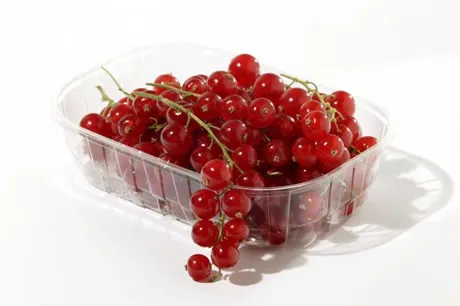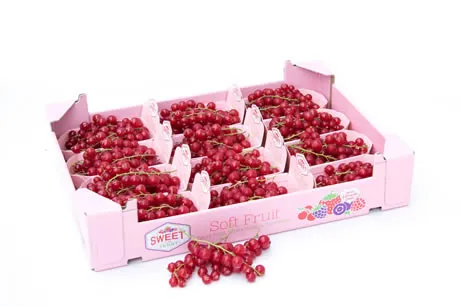The red currant market is currently still relatively calm. "Mainly the early varieties are being supplied now. Large volumes will only arrive on the market once the harvesting of Rovadas has started. That is, however, still more than a week away," says Marcel van Lith of the Dutch produce wholesaler, The Greenery.
"There was talk of a shortage on the market until about ten days ago. Demand outweighed supply. Since then, the situation has changed somewhat. All demands can easily be filled. There is slightly more supply on the market. The large programs are not yet set, however. This is because volumes have not been readily available."

In the summer, the red currants trade is mostly a Dutch affair. "We then sell most of our red currants to supermarkets in the Netherlands. Exports are more limited because our neighboring countries have their own production," says Marcel. "At The Greenery, we have seen that red currant cultivation is still increasing. Particularly with companies that specialize in growing these berries."
At The Greenery, sorting and storing these berries is primarily done centrally at Zachtfruitbedrijf Schalkwijk. In doing so, the market demand can always be met flexibly. "Many farmers focus on storage berries. These are more interesting in terms of price. It is, however, also important to build a summer market with good quality berries. This ensures that red currants grab consumers' attention year-round," continues the soft fruit dealer.
"In the past, red currants were sometimes sold very early. This practice was done because of the high prices. This, while the berries were not completely ripe. We now have new, less acidic varieties such as the Haronia. The Haronia is being put on the market under the Sweet & Sunny label. This label was introduced last year. It guarantees not only the best quality but also a tasty product."
Other soft fruits have seen a significant increase in revenue in recent years. These include products such as blueberries and raspberries. This growth has, however, been lagging in red currants."Ten years ago, it was difficult to promote any soft fruit besides red currants. This has since changed."
"We still, however, hitch a ride on the growth of the entire soft fruit category. Red currants remain attractive. And, when a supermarket has a marketing campaign, sales are much better than expected," concludes Marcel.
 For more information:
For more information:
Marcel van Lith
The Greenery
Tel: +31 (0) 180 656 974
m.vanlith@thegreenery.com
www.thegreenery.com
